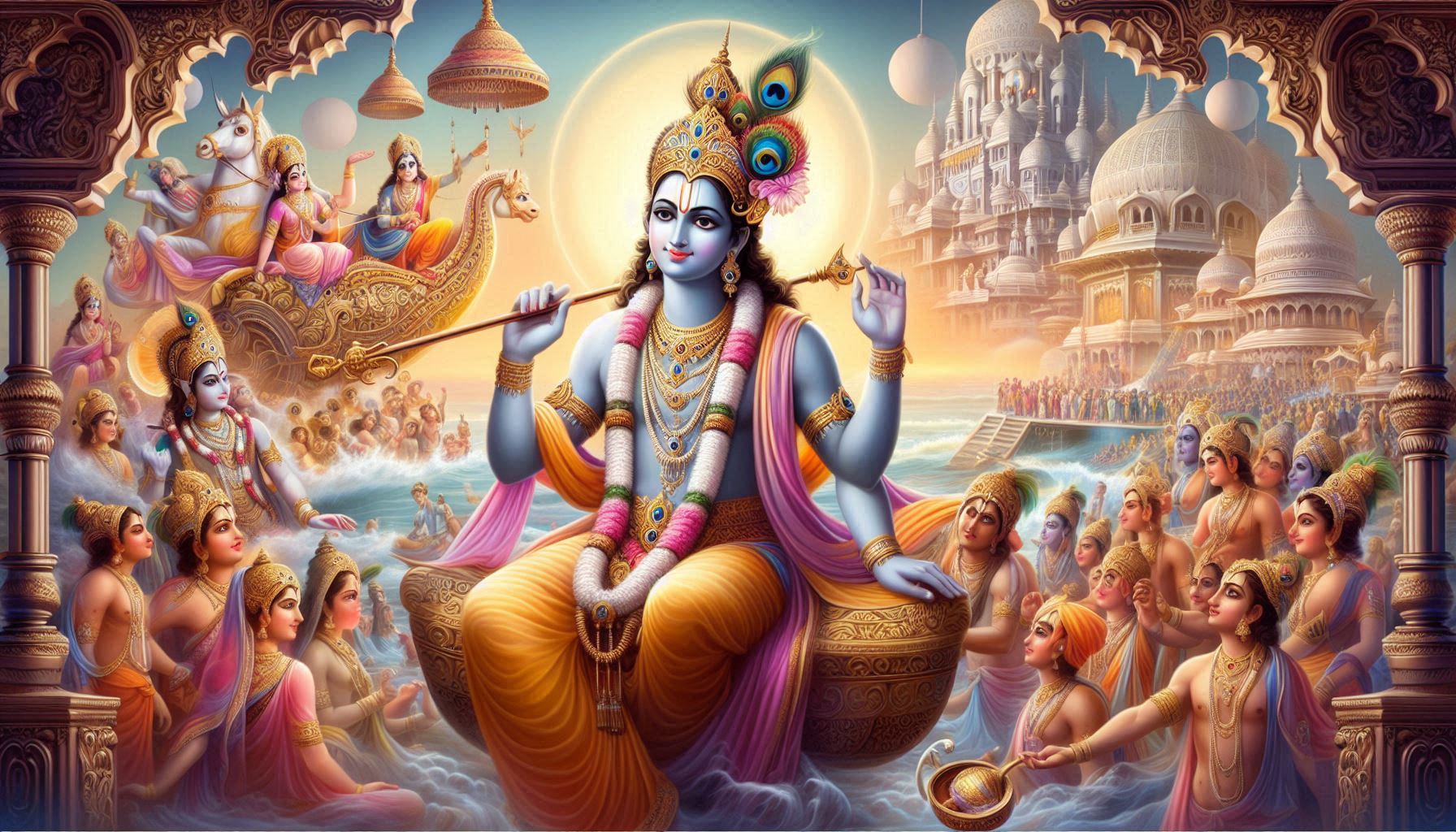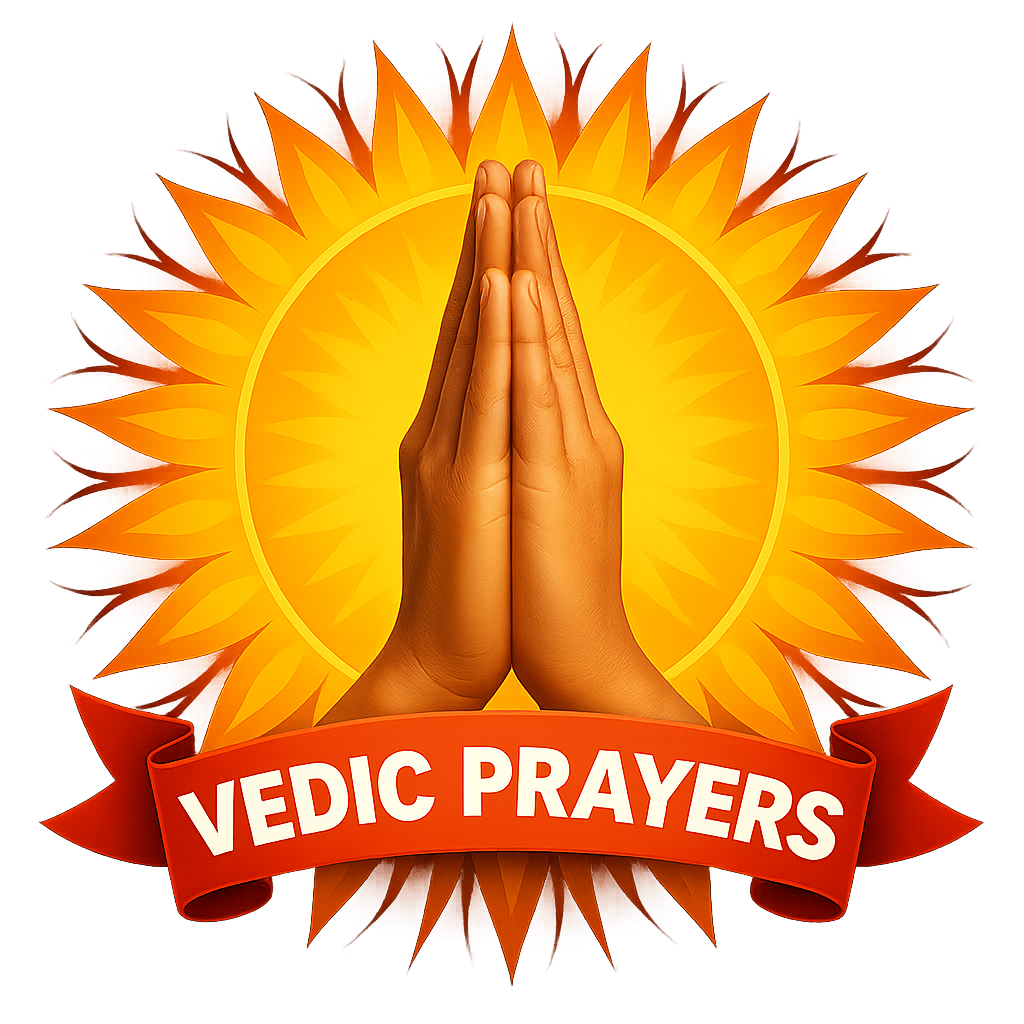
The Kansa Vadh Utsav primarily celebrates the victory of Lord Krishna over the tyrannical King Kansa of Mathura. This festival, representing the triumph of good over evil, is observed with great grandeur in North India, especially in Mathura and Vrindavan. It commemorates Lord Krishna’s liberation of Mathura from Kansa’s tyranny and injustice by slaying him.
Historical Significance of Kansa Vadh Utsav
The Kansa Vadh (defeat of Kansa) holds religious significance as it reflects Lord Krishna's divine purpose and his mission. This festival symbolizes the victory of righteousness over unrighteousness and the establishment of justice. The event of Kansa's defeat is considered not merely a personal victory but an example of re-establishing truth and justice within society.
Story of Kansa Vadh
Kansa, the tyrannical king of Mathura, feared a prophecy that he would die at the hands of the eighth child of his sister, Devaki. In his terror, he imprisoned Devaki and her husband, Vasudeva, and killed their first seven children. Lord Krishna was born as their eighth child and was safely taken to Gokul, where he was raised by Nand Baba and Yashoda. Upon reaching adulthood, Krishna returned to Mathura with his brother Balarama and defeated Kansa, freeing the kingdom from his oppression.
Celebration of the Festival
During the Kansa Vadh Utsav, theatrical performances and tableaux are organized to depict the story of Kansa’s defeat. In Mathura and Vrindavan, the festival is celebrated with grandeur. Beautiful depictions of Lord Krishna and Balarama are created, and traditional wrestling matches are organized in local arenas.
Key Events of the Kansa Vadh Utsav
- Tableaux (Jhankis): Detailed tableaux represent key events from Krishna's childhood to his victory over Kansa.
- Ramleela and Krishna Leela: Local artists perform dramatic renditions of Kansa's defeat, showcasing the bravery of Krishna and Balarama.
- Akhada Displays: Wrestling matches and other traditional sports are held, symbolizing Krishna and Balarama’s valor.
- Chariot Procession (Rath Yatra): In some places, statues of Lord Krishna and Balarama are adorned on chariots and paraded through the town.
Observances
On the day of Kansa Vadh Utsav, some devotees observe fasts and perform special worship of Lord Krishna, symbolizing devotion and dedication to righteousness.
- Temple Visits: Devotees visit temples of Krishna and Balarama, participating in special aartis (prayer rituals).
- Distribution of Prasad: After worship, offerings such as halwa (sweet pudding), puris, and sweets are distributed among the devotees.
- Religious Discourses: Spiritual talks are held where Krishna’s divine deeds are recounted.
Importance of Kansa Vadh Utsav
This festival teaches us that no matter how powerful evil may seem, truth and righteousness always prevail. It encourages the youth to follow moral values and serves as an inspiration to walk the path of righteousness. Kansa Vadh Utsav celebrates Lord Krishna's greatness, courage, and his resolve to destroy evil.
Impact on Society
Kansa Vadh Utsav promotes morality and virtues within society. It inspires people to believe in the eventual triumph of truth and justice over evil. Through the story of Kansa's defeat, people learn that wrongdoing and injustice will inevitably end. This festival is an integral part of Indian culture and religious heritage, connecting us to the inspiring life of Lord Krishna and reinforcing values of faith, truth, and justice within society, while deepening our devotion to Lord Krishna.
















